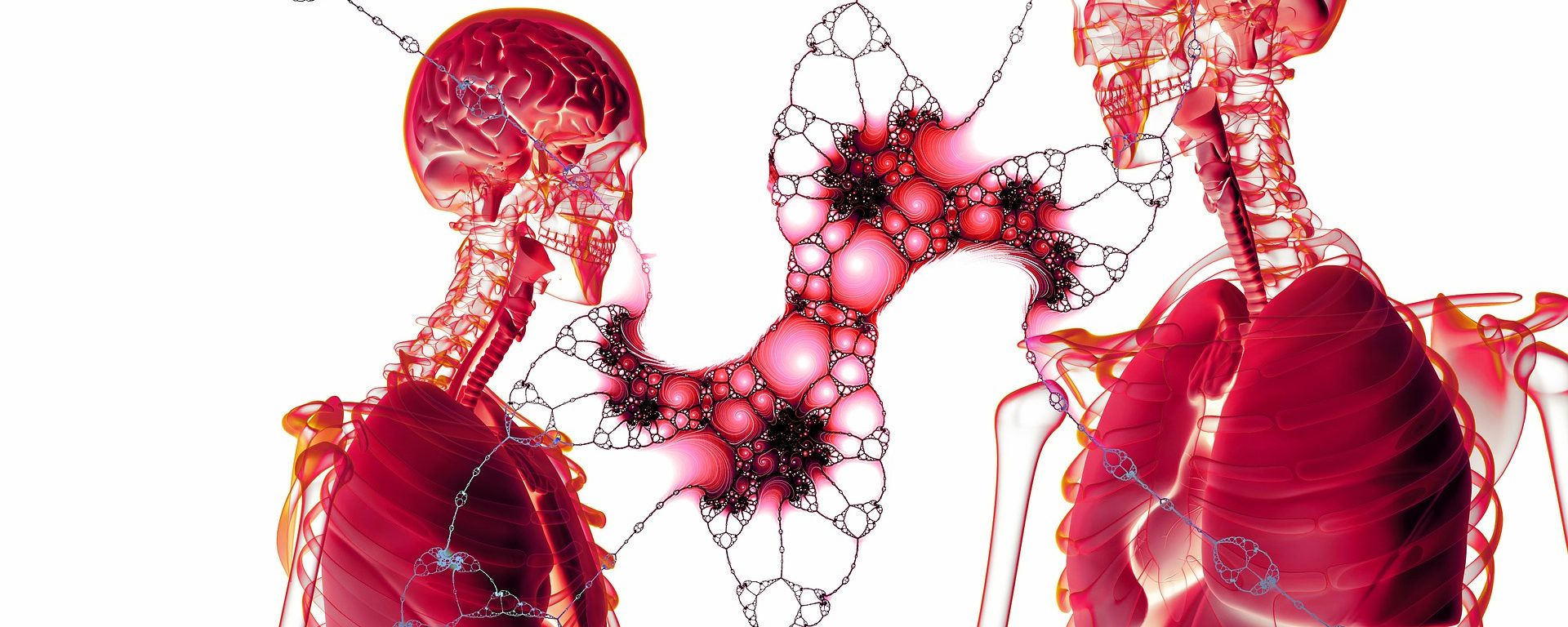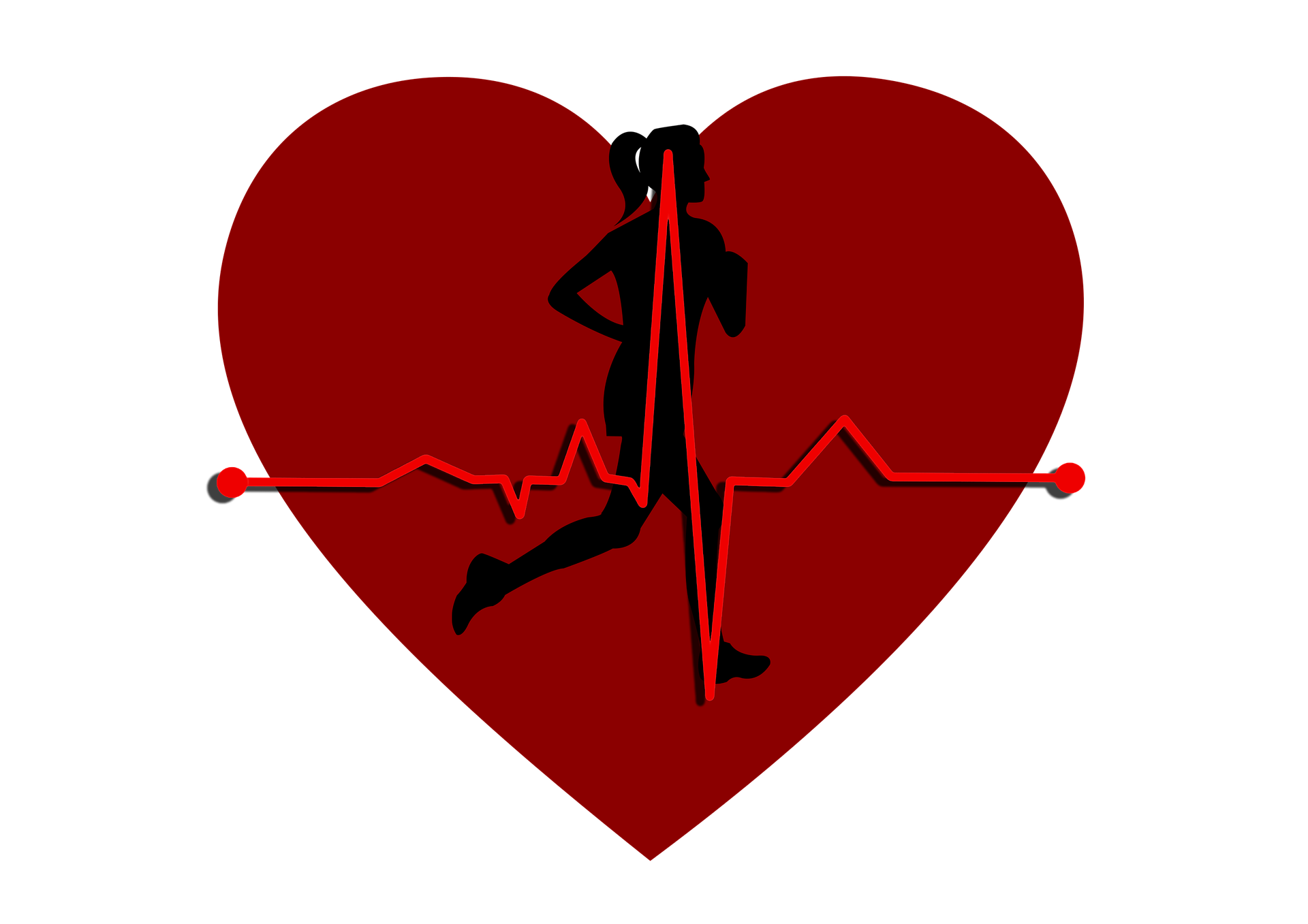Maximal oxygen consumption (VO2max) is the gold standard to measure one’s cardiopulmonary fitness. The VO2max represents the maximal flow of oxygen through the lungs into blood via., simple diffusion, which in turn gets pumped by the heart into the muscles during the maximal graded exercise test (GXT).
It was long thought that lung function may not be a limiting factor for one’s maximal performance during GXT, at least among healthy individuals with normal ventilatory reserve. However, the volume of air exhaled forcibly in the first second, called as ‘forced expiratory volume 1’ (FEV1), was associated with VO2max among healthy older adults (1). Recently, Rasch-Halvorsen et al (2) reported that among individuals aged 20 – 79 years, the FEV1 within normal limits was associated with VO2max even when no ventilatory limitation to exercise was evident.
Till date, such a physiological interaction between cardiac, pulmonary and muscular systems had remained undetected and hypothetical. The findings from this study suggest a novel direction for future studies i.e., studying the flow of oxygen via, the heart-lung-muscle axis.
References:
- Hassel E, Stensvold D, Halvorsen T, Wisloff U, Langhammer A, Steinshamn S. Association between pulmonary function and peak oxygen uptake in elderly: the generation 100 study. Respir Res. 2015;16:156.
- Rasch-Halvorsen Ø, Hassel E, Langhammer A, Brumpton BM, Steinshamn S. The association between dynamic lung volume and peak oxygen uptake in a healthy general population: the HUNT study. BMC pulmonary medicine. 2019 Dec;19(1):2.


